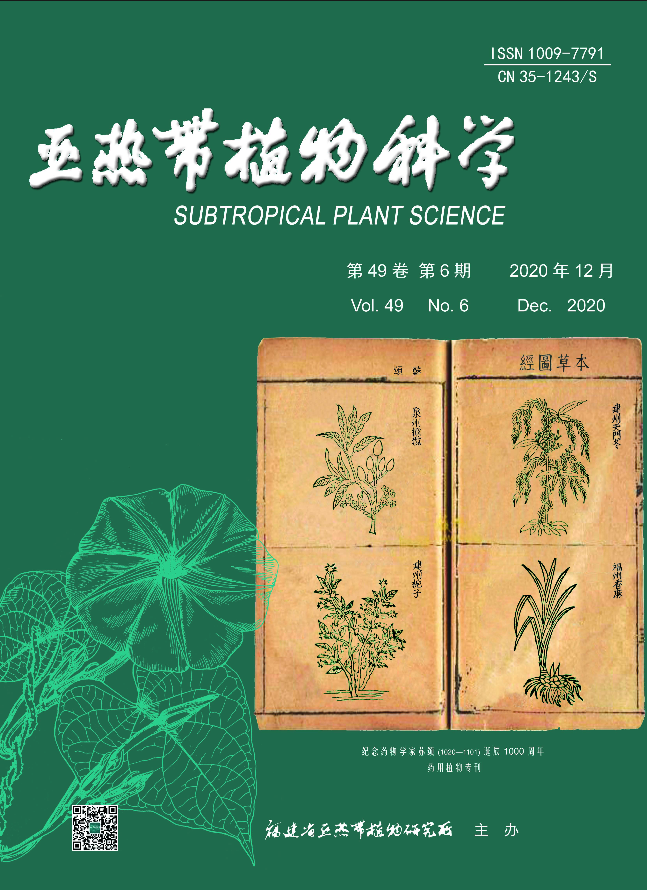|
|
Antioxidant and Liver Protective Effect of Mentha haplocalyx and Ocimum basilicum Extracts
LI Xuan, LIANG Shi, HUANG Wen, XU Chuan-jun, MING Yan-lin
2020, 49(06):
427-432.
DOI: 10.3969/j.issn.1009-7791.2020.06.003
ABTS and DPPH methods were used to evaluate antioxidant activity of Mentha haplocalyx and Ocimum basilicum extracts. Ethanol was used to induce damage of HepG2 cells. The survival rates of HepG2 cells after treatment with extracts were used to evaluate the liver protective effect. The results showed that the order of DPPH free radicals scavenging ability was ethanol extract of M. haplocalyx, water extract of M. haplocalyx, ethanol extract of O. basilicum, water extract of O. basilicum, and the EC50 values were 70.42 μg·mL-1, 75.77 μg·mL-1, 354.87 μg·mL-1 and 451.53 μg·mL-1, respectively. The order of ABTS free radicals scavenging ability was ethanol extract of M. haplocalyx, ethanol extract of O. basilicum, water extract of M. haplocalyx, water extract of O. basilicum, and the EC50 values were 9.04 μg·mL-1, 18.03 μg·mL-1, 22.18 μg·mL-1 and 36.88 μg·mL-1, respectively. The antioxidant capacity of M. haplocalyx extract was better than O. basilicum extract and the ethanol extract was better than water extract. The cell viability assay of alcoholic liver injury showed that the survival rates of the 5, 10, 20, 50 μg·mL-1 treatment groups of water extract of M. haplocalyx, ethanol extract of M. haplocalyx and water extract of O. basilicum were significantly higher than the ethanol injury group (eth) and showed significant liver protective effect.
References |
Related Articles |
Metrics
|
